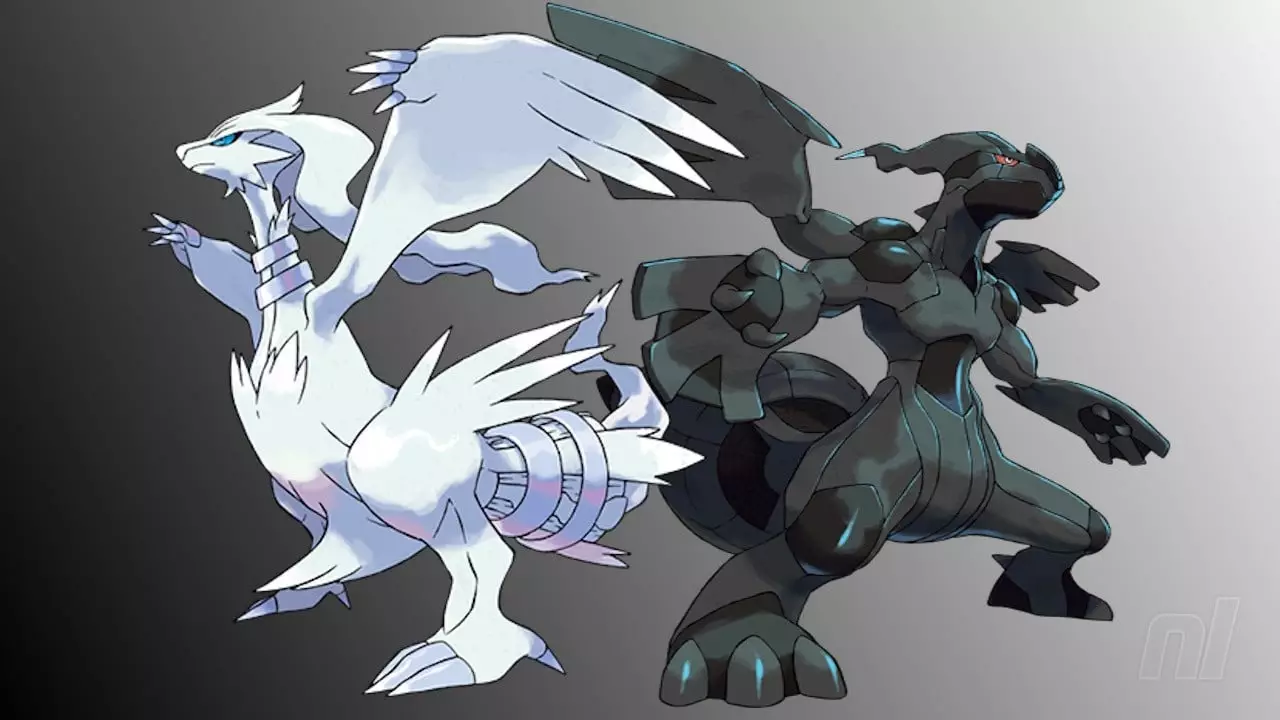Fifteen years ago, the Pokémon franchise entered a bold new chapter with the release of Pokémon Black & White. Launching in Japan on September 18, 2010, this generation marked a pivotal shift in the series, not just through its setting but also its approach to gameplay and storytelling. With Unova, inspired by New York City’s vibrant metropolis, Game Freak carved out a fresh landscape that broke free from the traditional routes, injecting energy into a franchise often criticized for repetition. This new region was a testament to the series’ willingness to evolve and challenge conventions — a move that, in many ways, was ahead of its time.
What set Gen 5 apart most radically was its revolutionary Pokédex system. The series introduced an unprecedented 156 brand-new Pokémon, making it the largest debut at that point in franchise history. For players, it meant an almost entirely new roster to learn and master. The era of relying on old favorites was temporarily paused, fostering an environment where players had to rethink their strategies. Out went familiar Pokémon like Zubat, replaced by inventive new creatures like Woobat. This paradigm shift, while initially alienating some fans, ultimately underscored Pokémon’s capacity for reinvention and keeping gameplay fresh.
Initial Reactions vs. Long-Term Legacy
At launch, Pokémon Black & White faced significant criticism. Many players lamented the absence of previous generations’ Pokémon, who could only be accessed through trading—an extra hurdle that affected the experience’s accessibility. Critics also pointed out the relatively simplistic mechanics and a perceived lack of innovation compared to earlier titles like HeartGold & SoulSilver, which offered refined gameplay and additional features. The design choices, such as Pokémon based on inanimate objects or food like Vanillite, sparked debates about creativity within the franchise.
However, these criticisms fermented over time into appreciation. Now, years after its debut, Gen 5 has gained recognition for its storytelling, character development, and especially its memorable antagonist, N. The enigmatic leader of Team Plasma became a standout figure, embodying complex themes about Pokémon and morality—a rarity for the series. Pokémon such as Chandelure, Zoroark, Krookodile, and Volcarona have become fan favorites, illustrating the generation’s diverse and rich roster. Its narrative depth, combined with stylish designs and innovative concepts, lay a foundation that many fans now cherish deeply.
The Cultural Revival and Future Possibilities
Interestingly, the value of Gen 5 has only grown within the franchise’s community. The release of Pokémon Black 2 & White 2, direct sequels to the originals rather than traditional third versions, showcased Game Freak’s commitment to expanding Unova’s story. This move was a bold experiment, offering a more comprehensive exploration of the region’s lore and characters. It showcased a maturing of the franchise—willing to take risks and deepen the player’s connection to the world.
Today, the potential for a Pokémon Black & White remake is a hot topic among fans and industry insiders. The series’ recent titles, such as Pokémon Scarlet & Violet, along with appearances of Unova Pokémon in Pokémon GO, Legends: Arceus, and the TCG, reflect a growing nostalgia and a recognition of Gen 5’s importance. The hints and teasers suggest Game Freak is considering revisiting Unova, possibly in a revamped format for newer consoles like the Switch or its successor, the Switch 2. While the timing remains speculative, the ongoing interest signals that Gen 5’s innovations and bold storytelling resonate strongly with modern audiences, making its revival not just desirable but arguably overdue.
Such a remake could serve as a catalyst, bridging the gap between nostalgic fans and new players. It would allow a broader audience to experience the bold gameplay changes, deepen the storylines, and reintroduce the unforgettable characters that defined this generation. More importantly, it might mark a turning point where the franchise leans into its roots, embracing risk more confidently to push boundaries once again.
In the end, Pokémon Gen 5 is more than just a chapter in the franchise’s history—it’s a symbol of evolution, resilience, and bold creative vision. Its overdue renaissance could be the next big leap forward for Pokémon, proving that even after 15 years, the series still holds limitless potential for innovation and reinvigoration.

